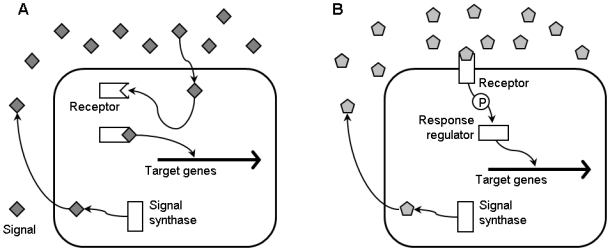Figure 1. General scheme of a quorum sensing system.

The signal synthase enzyme (a homolog of V. fischeri LuxI in the case of AHL quorum sensing) produces signal molecules, which reach the extracellular environment either via diffusion or transport. At a critical signal molecule concentration, the signal binds to the receptor, which can be located in the cytoplasm (a homolog of V. fischeri LuxR in the case of AHL quorum sensing) (A) or at the cell surface (B). If the receptor is located in the cytoplasm, the signal–receptor complex activates or inactivates transcription of the target genes. If the receptor is located at the cell surface, target gene transcription is modulated through a phosphorylation/dephosphorylation signal transduction cascade with a transcriptional regulator at the end (e.g., a homolog of V. harveyi LuxRVh). P denotes phosphotransfer.
